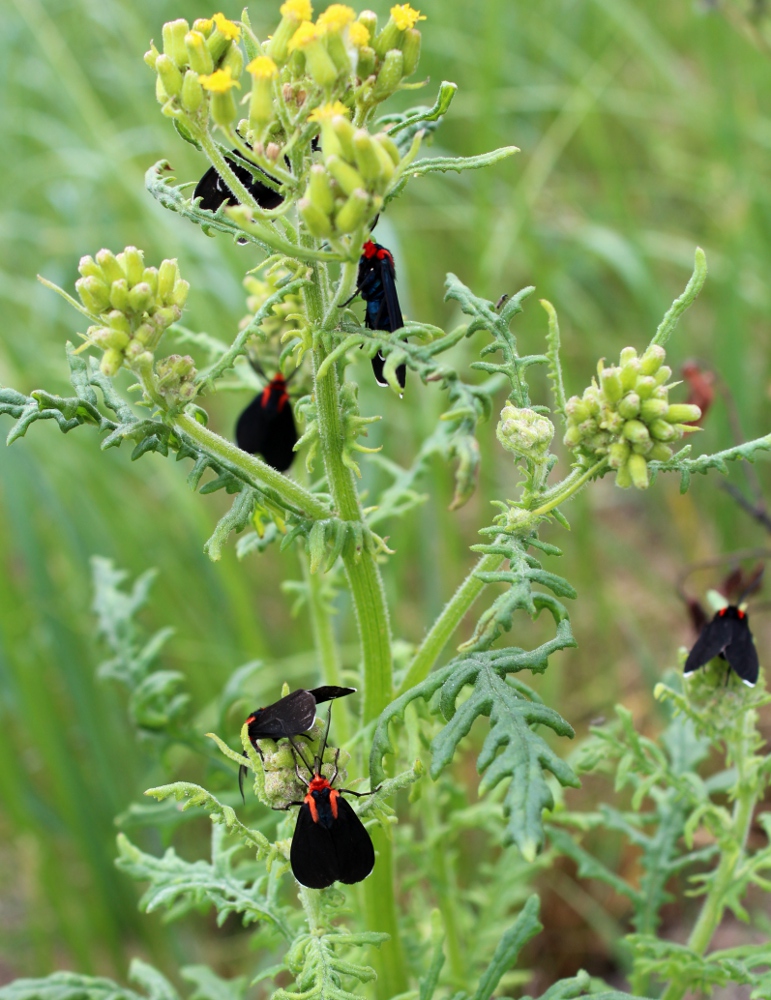So last month the largest spinning ice disk recorded formed in the Presumpscot River in Maine. It’s a pretty rare phenomenon caused when a piece of ice breaks off a frozen river surface near a bend and is spun around like a record. This one, being so incredibly large, attracted a lot of attention.
Unfortunately, not everyone could just appreciate it for the natural wonder it was–and I use “was” deliberately. Some dude decided that the ice disk wasn’t magnificent enough by itself, and that it needed a peace sign carved into it. Spoiler–he broke it. Now I can get behind his idea that peace is a good thing, but there are better ways to advertise this much-needed concept than to spoil a very uncommon and ephemeral natural feature.
Humans have spent thousands of years deciding that nature wasn’t good enough on its own, and that it needed our influence to be truly perfect. Much of that has been in the service of material exploitation, that a forest won’t maximize its potential until its wood has been made into houses and furniture, its minerals into coinage, and its water into an engine for electricity. There are all too many people who look at a wild place and only see dollar signs.
It’s almost more defensible than the actions of this person and others who decide that something awe-inspiring in nature must have their personal mark on it because somehow they’re important enough to make that statement. At least houses and energy have practical applications that can improve people’s lives in concrete ways. The same can’t be said for graffiti on natural features, even well-intended.
“What harm is there in breaking a big ice disk, or carving initials into a tree?” one might ask. Well, sure, there’s no price tag on the ice disk, and chances are the tree will survive, though there are plenty of cases where that sort of damage led the tree to die from disease through the breach in its bark. Painting on rock formations may be mostly obnoxious rather than harmful to the rock, though some of the paints can be toxic to the local ecosystem.
Part of the issue is the concept of intrinsic value. I value nature for itself, rather than just for what I can get out of it. The very fact that I am surrounded by a vibrant community of biological beings, inhabiting a planet ever-changing through geological, hydrological, and climatic forces, never ceases to fill me with awe and wonder. I don’t need to then overlay that with my biases to make it pretty.
This may seem odd coming from someone who routinely takes bits of nature and imposes personal meaning on them through art. After all, it would be easy to defend the peace sign on the ice disk as art. However, scale and permanence play a big part in things. If you make a snow sculpture in your backyard, no one’s likely to feel they missed out on the unmarred snowfall. But a lot of people who wanted to see the ice disk, whole and undamaged, had that ruined for them by one man’s actions. He destroyed the shared experience.
Moreover, he seems to have come at his project without really considering the intrinsic value of the disk, only valuing it as a canvas for his idea of art. Good art involving nature will show appreciation for that nature, rather than just using it as an object to display human biases on. It’s what I try to do with my own artwork, asking the hides and bones what they want to become and trying to focus on their beauty. I appreciate them as they are, and then do my best to do them some justice even as I impose my arrogance as an artist upon them.
Obviously we’re never not going to leave our mark on the world, until there are none of us left anyway. There are too many of us, and we’re too used to taking, taking, taking. Few of us in industrialized societies would want to move to a quality of life that involves strict subsistence. I just wish people would think more about something besides themselves, sometimes besides their own wants and needs and priorities.
I want people to be able to look at rare, amazing things in nature and not have their immediate thought be “I need to change that!” I want more people to be able to have the appreciation for nature’s intrinsic values that existed long before we ever did. I want us, just for a moment, to stop corralling nature in with our economic and religious beliefs, and just let it be its own thing, massive and terrifying and magnificently beautiful from the tiniest atom to the entire universe. Stop telling stories about how much money you can make off of it, or how it has all these supernatural properties that we can exploit, or any other ways in which nature supposedly revolves around us.
Just take a moment, and breathe in the reality that we live on an incredible planet that has giant disks made of frozen water, and long-limbed animals who thunder across grassy plains with hooves of keratin, and tiny bryophyte forests housing a myriad of springtails, worms, and bacteria aplenty. Appreciate the marvel that is your own body, created from molecules parted out from the food you have eaten over a lifetime and which is made from the many minerals and nutrients of a thousand soils. Touch the grass and realize that its family–Poaeceae–first sent forth blades in the last days of the dinosaurs.
Yes, we need values besides the intrinsic. But we do need the intrinsic, too.
Did you enjoy this post? Consider helping me keep the bills paid and the blog posts coming by picking up one of my books or some of my artwork, or even becoming my Patron on Patreon!

















